1. Using Vinegar-Based Sauce
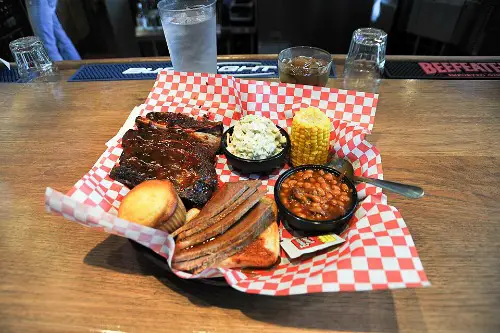
In North Carolina, especially the eastern part, vinegar-based BBQ sauce is practically a religion. People swear by it for its tangy punch that perfectly cuts through the richness of pork. But try bringing that sauce to Texas or Kansas City, and you might get some puzzled or even scornful looks. There, sweeter, thicker sauces reign supreme, and the vinegar-heavy style is often seen as too sharp or off-putting.
This difference really highlights how regional BBQ preferences shape taste buds. Vinegar sauces are prized for how they enhance the meat’s natural flavor without overpowering it. Meanwhile, sweet and smoky sauces in other states aim to add a rich glaze and caramelized finish. So while vinegar-based BBQ is adored in some corners, it’s a controversial condiment elsewhere.
2. Smoking Brisket Low and Slow

Texas takes its brisket very seriously, and the method of smoking it “low and slow” is practically sacred there. This technique involves cooking the meat at a low temperature for many hours, allowing the fat to render perfectly and the tough connective tissues to break down. Texans will argue this approach yields the ultimate tender, flavorful brisket. But in some other states, people prefer quicker cooking methods or different cuts altogether, sometimes viewing this slow method as too time-consuming or fussy.
In places like the Carolinas, pork is king, and brisket is often overshadowed by whole hog or pulled pork traditions. So while Texans treat low-and-slow brisket smoking like an art form, others might see it as overhyped or unnecessary. It’s a classic example of how BBQ style is deeply tied to regional identity and available meat cuts.
3. Adding Sugar to the Rub
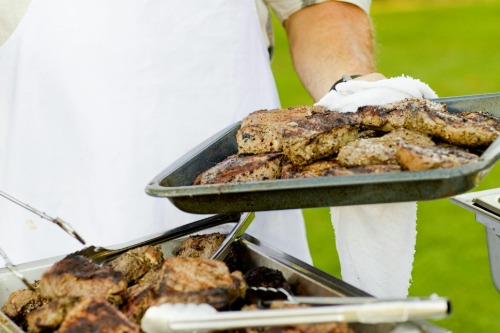
Sugar is a staple in many BBQ rub recipes, especially in Kansas City and Memphis. It helps create a deliciously sweet crust called the “bark” on smoked meats. But head over to some parts of the South, and you’ll find BBQ enthusiasts who avoid sugar like the plague. They argue it masks the smoky flavor or causes the meat to burn too easily during cooking.
This debate over sugar really boils down to what people expect from BBQ’s taste and texture. In sweeter BBQ regions, that caramelized bark is a highlight. Elsewhere, a more savory, smoky profile is prized, and sugar is seen as an unnecessary distraction. So whether sugar belongs in a rub depends a lot on regional taste preferences.
4. Injecting Meat with Marinades
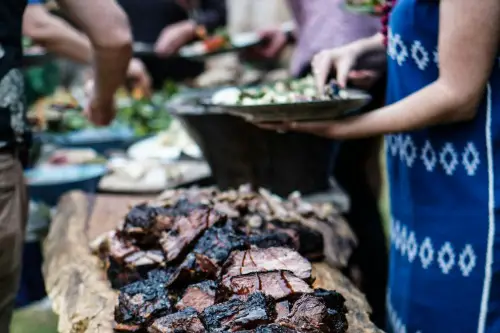
Injecting meat with flavorful liquids is common in some barbecue communities to boost juiciness and flavor, especially in competitive BBQ circuits. It’s seen as a smart trick to speed up cooking and keep the meat moist. However, purists in states like Tennessee and North Carolina often frown on this technique, believing it interferes with the natural cooking process and the traditional dry rub or smoke flavors.
They argue BBQ should be about the meat, smoke, and rub working in harmony, not about artificial flavor injections. This difference reflects a larger cultural tension between innovation and tradition in BBQ circles. So while injections can be a game-changer in some places, they’re sometimes viewed as cheating in others.
5. Using Electric or Gas Smokers

Electric and gas smokers have become popular for their convenience and ease of use, especially in urban areas or among casual BBQ lovers. However, in classic BBQ states like Texas and Memphis, these smokers are often viewed as inferior to wood or charcoal smokers. The traditionalists argue that only real wood smoke imparts the authentic, complex flavors that true BBQ demands.
This stance ties back to the deep respect for history and tradition in those BBQ communities. Convenience isn’t always king when the flavor stakes are high. So while electric and gas smokers are embraced elsewhere for making BBQ accessible, they can be looked down upon by BBQ purists who prize authentic smoke flavor above all.
6. Cooking with Fruitwoods
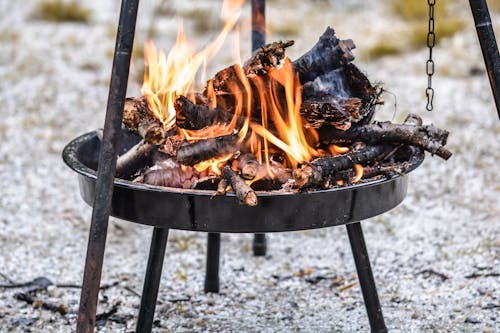
In some states like parts of the Carolinas, fruitwoods such as apple or cherry are popular for smoking because they impart a sweeter, milder smoke flavor. This style is cherished and thought to complement pork beautifully. Yet in Texas and Kansas City, using fruitwoods can be seen as a “lightweight” approach, as these regions prefer stronger-smoky profiles from hickory or mesquite woods.
The preference for certain woods speaks to each region’s flavor ideals. Stronger woods are associated with bolder, more intense BBQ flavors, while fruitwoods create a subtler taste. This difference often sparks friendly rivalry over what kind of smoke truly defines great BBQ.
7. Whole Hog Cooking
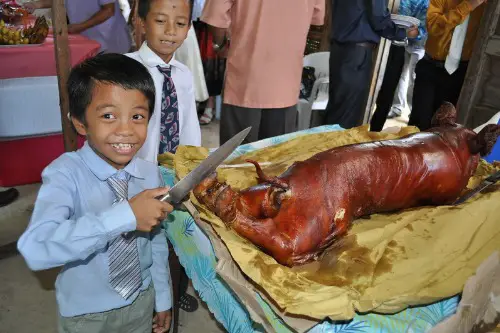
Whole hog BBQ is a hallmark of Eastern North Carolina, where the entire pig is slow-cooked and chopped for a mix of textures and flavors. It’s a technique loaded with history and community significance. Outside this region, especially in Texas or Kansas City, whole hog BBQ is rare or even frowned upon because other cuts like brisket or ribs dominate their BBQ scenes.
The whole hog method requires a lot of skill and time, making it a less practical choice for some. But for Eastern North Carolinians, it’s not just about the food—it’s a cultural tradition they fiercely protect. This technique perfectly illustrates how BBQ isn’t just cooking but a deep-rooted cultural expression.
8. Wrapping Meat in Foil (Texas Crutch)
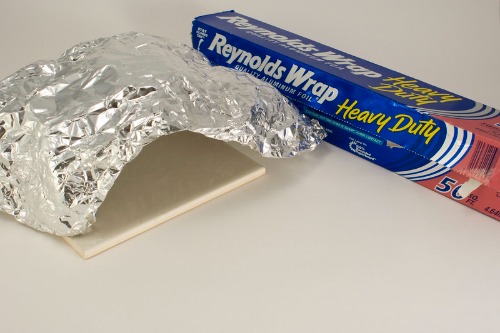
The “Texas Crutch” involves wrapping meat in foil during cooking to speed up the process and keep it moist. While many BBQ enthusiasts use it as a helpful hack, some traditionalists in Texas and other BBQ-heavy states see it as cheating. They believe it prevents the formation of the perfect bark and dilutes the smoke flavor.
In places where every element of BBQ is scrutinized, foil wrapping can be a divisive technique. Supporters say it’s a smart way to avoid dry meat, especially during competitions or tight timelines. Critics insist that true BBQ requires patience and no shortcuts, highlighting the tension between practicality and purism.
9. Applying Sauce Early in the Cooking Process
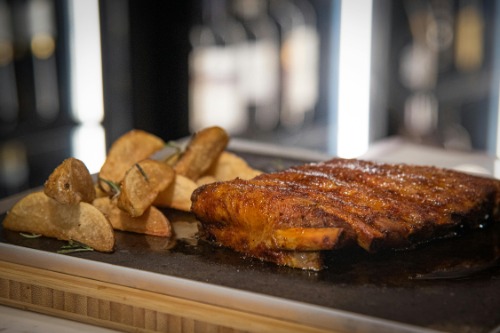
Some BBQ cooks apply sauce to meat early on, letting it cook into the surface and create a sticky glaze. This is common in Kansas City BBQ, known for its thick, sweet sauces. However, many BBQ lovers in Texas or the Carolinas apply sauce only after cooking or not at all, viewing early application as a recipe for burnt sugar and a ruined bark.
This difference is a direct result of the kinds of sauces used and their sugar content. In KC, the sauce is part of the flavor experience, so getting it to meld with the meat during cooking is desirable. In other regions, it’s more about the smoke and dry rub, and the sauce is just a finishing touch.
10. Using Spicy Rubs with Cayenne or Chili Powder
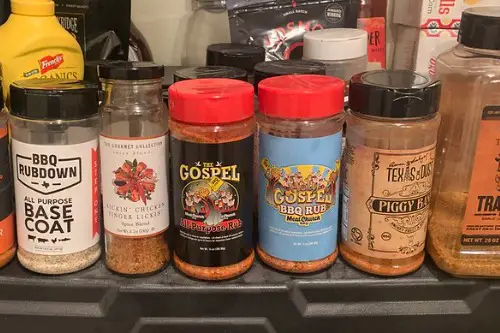
Spicy rubs loaded with cayenne or chili powder are beloved in states like Texas, where a bold kick is part of the BBQ identity. This fiery seasoning is thought to add depth and complement smoky flavors beautifully. In contrast, some BBQ cultures, like those in parts of the Carolinas, prefer milder seasonings to let the pork’s natural flavors shine through without overwhelming heat.
This highlights how heat tolerance and flavor profiles vary regionally. Some eat BBQ as a flavor-forward, spicy meal, while others view BBQ as a more subtle, balanced dish. The debate over spice level shows how personal and regional taste preferences shape BBQ traditions.
11. Using Mustard as a Base Sauce
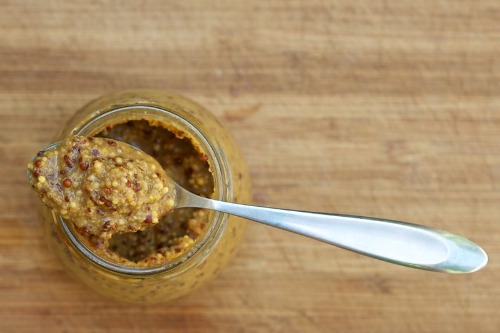
Mustard-based BBQ sauce is a defining characteristic of South Carolina’s barbecue culture. Its tangy, sharp profile is perfect for pork and loved by locals. But in most other BBQ regions, mustard sauce is either unheard of or considered an acquired taste at best. Fans of tomato or vinegar sauces often find mustard-based sauces too pungent or unusual.
This regional love or hate for mustard sauce reflects local ingredient availability and culinary history. South Carolinians champion it as their signature style, while others stick with what they know. It’s a prime example of how even sauces can divide BBQ lovers by geography.
12. Cooking Over Open Flames Instead of Indirect Heat
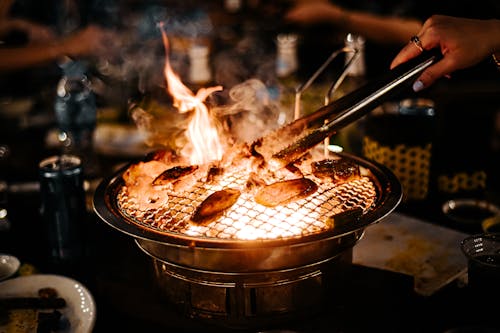
Some BBQ traditions involve cooking meat directly over open flames for that charred, crispy exterior, which is popular in states like Alabama with their grilled chicken and pork chops. Other regions, like Texas, emphasize indirect smoking to gently cook large cuts low and slow, prioritizing tenderness and smoke infusion. The open flame approach is sometimes criticized by smokers as producing uneven cooking or missing the point of “true” BBQ.
This difference reveals varying ideas about what BBQ really means—whether it’s the smoky tenderness or the charred, crispy bite. Both methods have passionate supporters who swear theirs is superior. The contrast illustrates how BBQ styles can vary drastically, even within the same state.
13. Using Commercial BBQ Sauces Versus Homemade
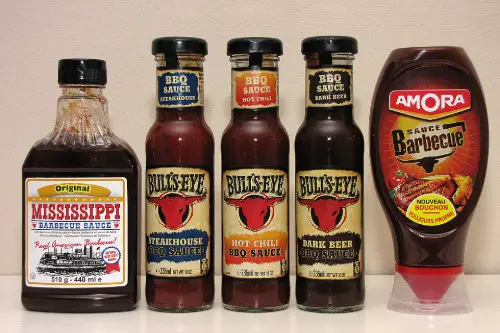
In some parts of the country, commercial bottled BBQ sauces are embraced for convenience and consistent flavor. They’re often used as a base or finishing touch in backyard BBQs. However, serious BBQ states like Texas, the Carolinas, and Memphis often look down on store-bought sauces, favoring homemade recipes passed down through generations. For them, homemade sauces are a matter of pride and authenticity.
This divide shows how BBQ is not just about flavor but about heritage and craft. Homemade sauces are part of the ritual and storytelling around BBQ culture. Commercial sauces may be practical, but for many BBQ purists, they just don’t measure up.
This post 13 BBQ Techniques That Are Banned in Three States and Worshipped in Five was first published on American Charm.


